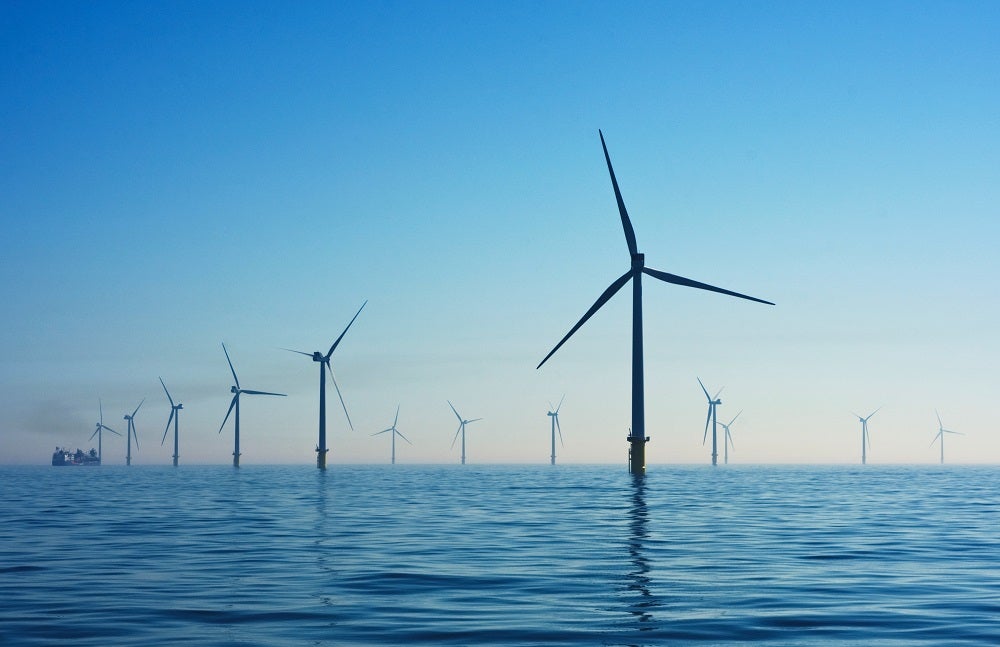
The UK has launched a competition calling on inventors to showcase innovative ideas to mitigate the risks to radar systems posed by wind farms.
Launched by the Ministry of Defence’s (MOD) innovation hub, the Defence and Security Accelerator (DASA), the £2m ($2.6m) scheme will target technology to ensure turbines do not interfere with the UK’s Air Defence radar system.
The proposals will focus on mitigating the impact off-shore wind turbines could have on military and civilian radar systems.
It is hoped the move could signal a significant boost to Britain’s renewable energy growth, as the country works to clean up the global economy.
UK defence minister Jeremy Quin said defence technologies have a “huge amount to offer the demands of the 21st century UK” — including addressing the “challenge of climate change”.
“We have an incredible skills base in the UK and this initiative will harness the power of wind turbines whilst ensuring our air defence standards,” he added.
DASA’s competition to mitigate radar risks from wind farms
DASA is taking the lead on sourcing the technology on behalf of the Department for Business, Energy and Industrial Strategy (BEIS), the Royal Air Force, and the Defence Science and Technology Laboratory (Dstl).
It comes at a time when several countries are increasing their adoption in renewables to help reduce greenhouse gas emissions and combat climate change.
In June last year, then-Prime Minister Theresa May signed into law the UK government’s commitment to achieving net-zero emissions by 2050 — the first G7 nation to make such a pledge.
As the UK moves towards clean technologies, 2019 saw renewable energy production outstrip power generated from fossil fuels for the first time.
That growth has helped the UK’s carbon emissions fall by 29% over the past decade — a reduction of 44% from 1990 levels, which will see the country surpass its 2022 target of a 37% cut.
Yet, according to the Committee on Climate Change (CCC), Britain is set to miss its next carbon budget due to the government failing to reduce emissions in agriculture and shortfalls in targets for tree planting.

DASA delivery manager Adam Moore said “crucial innovation like this is vital if we are to meet our renewable energy targets”.
“This competition will not only help us meet our green energy needs, but it will help boost UK prosperity, entrepreneurs and innovators, by investing in their game-changing technology,” he added.
“DASA is proud to be working closely with BEIS, the RAF and Dstl to lead this important work which could transform the UK’s approach to offshore wind power generation.”
The group said the programme builds on the Offshore Wind Sector Deal that was published by the government in March last year.
This committed to working with the sector and wider stakeholders, with plans to build up to 30 gigawatts (GW) of offshore wind by 2030.
The government expects this to represent around 30% of the UK’s electricity need, with a Conservative manifesto commitment to increase this to 40GW by 2030.
The deal also set out industry targets supporting 27,000 jobs and £2.4bn ($3.1bn) per annum of exports by 2030.
It is also expected further proposals will be funded with up to £2m available in total from the BEIS Energy Innovation Programme.



